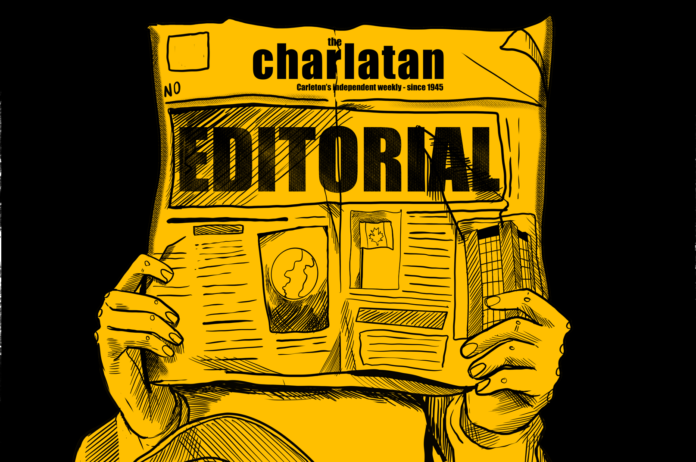While government subsidies for northern communities such as Nutrition North are helpful, Canada must expand its subsidy list to accommodate more non-food items that are essential for a healthy lifestyle such as school supplies.
Government subsidy programs provide much-needed financial support to those living in northern communities by reducing the cost of food and some personal care items that would otherwise be prohibitively expensive.
Shipping to northern Canada is expensive, as most items can only be shipped by air or seasonal ground transportation. In late 2020, a hamburger patty at a Yukon Territory supermarket cost consumers $20, a steep price compared to a burger in southern Ontario, which costs consumers around $4.50.
The cost of shipping doesn’t affect just food, either. Four hundred sheets of loose leaf paper in Nunavut costs students $25, compared to just under $5 in southern Ontario. Although essential supplies costs are comparable to high food prices, the federal government only subsidizes eight non-food items, none of which are school supplies.
Unsurprisingly, this disproportionately affects isolated Indigenous communities, who also experience the highest levels of poverty in the country.
Access to school supplies and education is a huge step in poverty reduction and improving mental health. Many northern and Indigenous communities have difficulty accessing education.
Eliminating this education gap is a goal set out by the Truth and Reconciliation Commission, but there is much to be done to achieve it, including increasing subsidies and providing school supplies.
In order to provide those living in northern communities the tools to maintain a healthy lifestyle, the government must increase subsidies to accommodate non-food items and school supplies.
Featured graphic from file.






